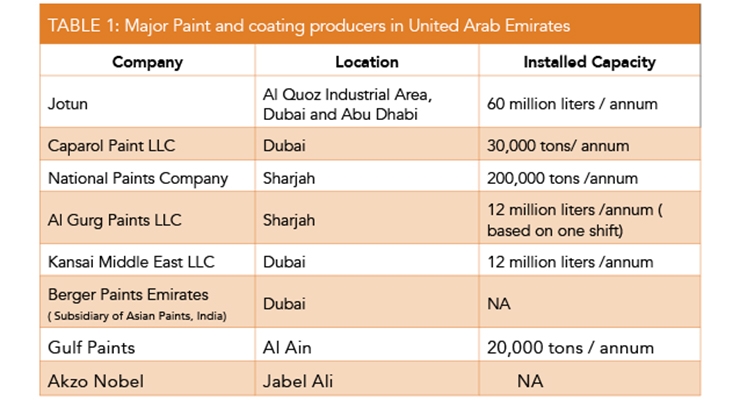The Duty Of Climate In Commercial Outside Paint: What You Need To Know
The Duty Of Climate In Commercial Outside Paint: What You Need To Know
Blog Article
Post By-Fabricius Bendtsen
When you're intending a business outside painting job, do not undervalue the effect of weather on your results. You require to take into consideration elements like temperature level, humidity, and precipitation, as they can make or damage your paint job. As an example, did you recognize that optimal conditions ask for specific temperature ranges and moisture degrees? Stopping working to monitor these aspects can result in irregular finishes or perhaps damages to fresh paint. Recognizing these elements is essential to accomplishing a resilient, expert end result. So, what particular weather conditions should you be wary of?
Temperature Considerations
When it concerns commercial exterior paint, temperature plays a critical duty in the result of your task. If you're painting in extreme warm, the paint can dry too quickly, leading to concerns like inadequate adhesion and unequal coatings. You want to go for temperature levels between 50 ° F and 85 ° F for the best outcomes. Listed below 50 ° F, paint may not cure properly, while above 85 ° F, you take the chance of blistering and splitting.
Timing your task with the best temperatures is vital. Beginning your work early in the morning or later on in the mid-day when it's cooler, especially during warm months.
Likewise, think about the surface area temperature; it can be significantly higher than the air temperature, specifically on bright days. Utilize a surface thermometer to examine this before you begin.
If temperature levels are unforeseeable, keep an eye on the weather forecast. Sudden temperature drops or heat waves can hinder your plans. You don't wish to start repainting only to have the problems alter mid-project.
Moisture Levels
Humidity levels considerably influence the success of your business exterior paint job. When simply click for source is too high, it can impede paint drying and healing, causing a variety of problems like poor bond and finish top quality.
If you're planning a work during wet conditions, you might find that the paint takes longer to dry, which can expand your job timeline and rise costs.
Alternatively, reduced moisture can additionally position difficulties. Paint might dry out too promptly, protecting against appropriate application and causing an unequal coating.
You'll intend to check the humidity levels very closely to ensure you're working within the suitable range, usually between 40% and 70%.
To get the most effective results, consider utilizing a hygrometer to determine moisture prior to beginning your project.
If you discover the degrees are outside the optimal range, you may need to change your timetable or select paints made for variable conditions.
Always get in https://professionalexteriorhouse55603.ltfblog.com/32262923/transforming-motivation-right-into-activity-crafting-beautiful-painted-interiors-straight-from-pinterest with the supplier's standards for specific suggestions on moisture resistance.
Precipitation Effect
Rain or snow can substantially interrupt your commercial exterior painting plans. When precipitation takes place, it can remove fresh used paint or create an irregular surface. Ideally, you intend to choose days with dry weather condition to guarantee the paint sticks correctly and remedies efficiently. If you're caught in a shower, it's best to halt the project and wait for conditions to enhance.
In addition, snow can be even more damaging. Not just does it produce a damp surface, but it can additionally reduce temperature levels, making it tough for paint to dry. This can result in issues like peeling or blistering down the line.
It's critical to check the weather prediction before beginning your task. If rain or snow is anticipated, consider rescheduling.
Always keep in mind to permit ample drying time in between layers, specifically if the climate continues to be uncertain.
Verdict
In conclusion, watching on the weather condition is necessary for a successful industrial outside painting project. By keeping an eye on temperature, moisture, and precipitation, you can make sure the best problems for application and curing. Keep in mind to plan your job around desirable weather and constantly follow supplier standards. With the ideal approach, you'll accomplish a resilient, stunning coating that can stand up to the aspects. Don't let the climate catch you off guard-- remain notified and paint clever!
